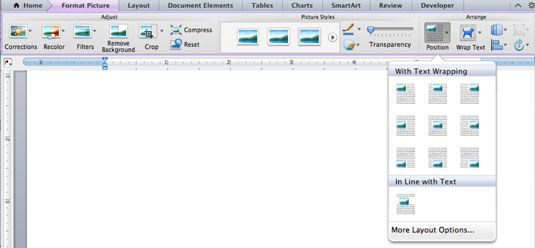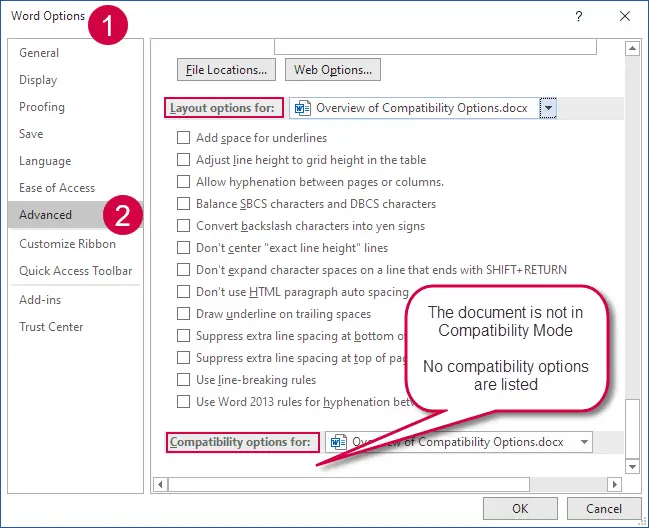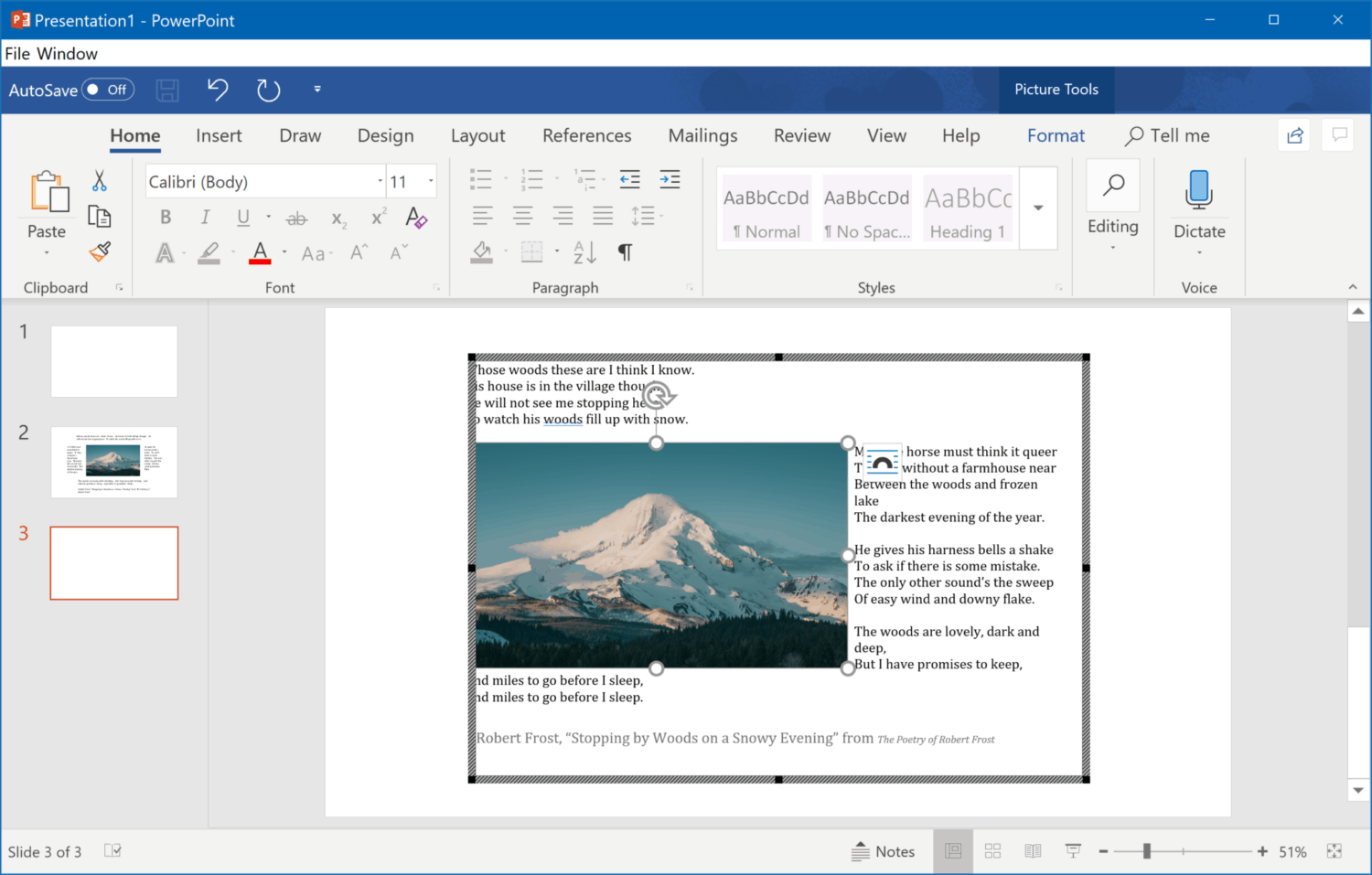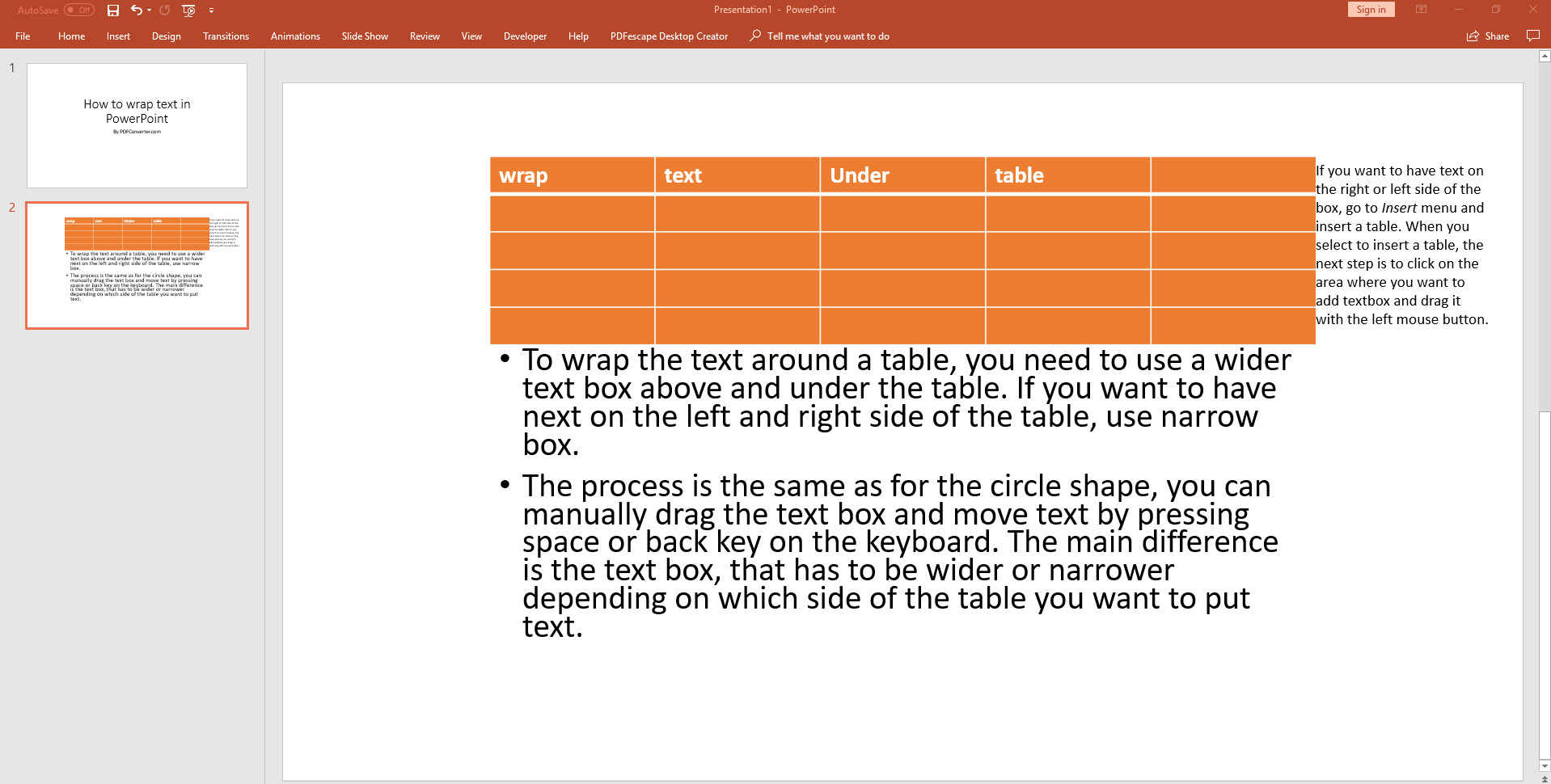
- WRAP TEXT AROUND TEXT BOX, WORD FOR MAC 2016 UPDATE
- WRAP TEXT AROUND TEXT BOX, WORD FOR MAC 2016 SERIES
WRAP TEXT AROUND TEXT BOX, WORD FOR MAC 2016 UPDATE
I turn off the Vector Smart Layers in PS when I update the AI Vector Layer.įrom the design and production world, fast, easy and accurate equals less time and more money. If you change or update the image, it will be updated in AI so you can change your wrap. Should you need to edit the text - not that we ever have to - just open the Vector Smart Layer. The text is now in PS and you can use all the effects you want. Open the new Vector Smart Object, turn off the bottom layer and save it. Drag in the Illustrator layers as a Vector Smart Object. This allows you to avoid the dreaded Soft Return nightmare when you have to edit the copy. On the top layer, manually wrap your text box around the object. If you have already built this as a PSD, place it. On the bottom layer, place the image you want to wrap. Open a new document in Illustrator with two layers. Photoshop is not really designed to handle a lot of text so nest it in something that is. How you change other wrapping and layering settings has been covered extensively in other issues of WordTips.The easiest way I know is the old school way.

This should cause the text to "overlay" the image, and it may give you the effect you seek. This can cause visual problems, but you might be able to alleviate those problems if you simply move the image behind the text. The advantage of this method compared to using the automatic wrap text feature in Microsoft Word is that you can decide what distance you want between the figure and the text. If, however, you adjust the wrap points so they are toward the center of the image, then the reflowed text will occupy the same space as the image. This isn't a big deal if your image is rectangular and the wrap points reflect that-there will be no conflict between the image and the text that wraps around the image. If set to some other type of wrapping, the Edit Wrap Points option will be "grayed out."įinally, remember that when you work on an image in this way (by adjusting its properties) that image is typically in the foreground, meaning that it is layered in front of text. You should note that you will only be able to edit the wrap points of an image if you've set the wrapping for the image to the Tight setting. The wrap points disappear, and your text follows the texture you defined when you edited the points.


Word displays a list of wrapping options. Click on the Text Wrapping tool in the Arrange group.(This tab is visible only if the picture is selected.) Make sure the Format tab of the ribbon is displayed.Insert your picture as you normally would, and make sure it is selected.If you want, you can create custom wrapping of text by editing the wrap points so they more closely reflect exactly what you want. When you wrap text around the picture, the wrap points define how close the text can come to the picture. By default there are four wrap points that surround the perimeter of the picture, forming a rectangle.

WRAP TEXT AROUND TEXT BOX, WORD FOR MAC 2016 SERIES
When you insert a picture in Word, it defines a series of "wrap points" around the picture.


 0 kommentar(er)
0 kommentar(er)
